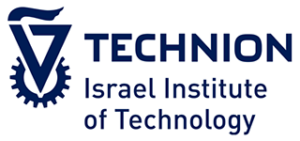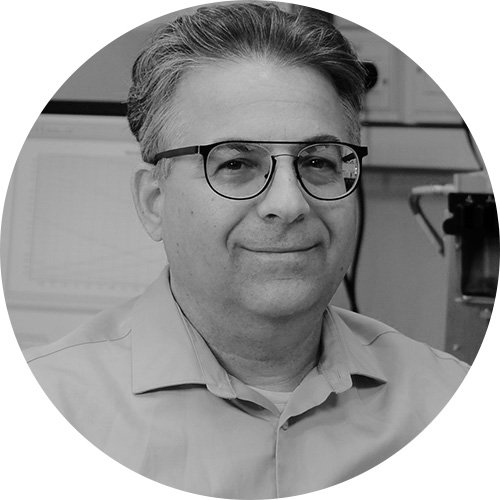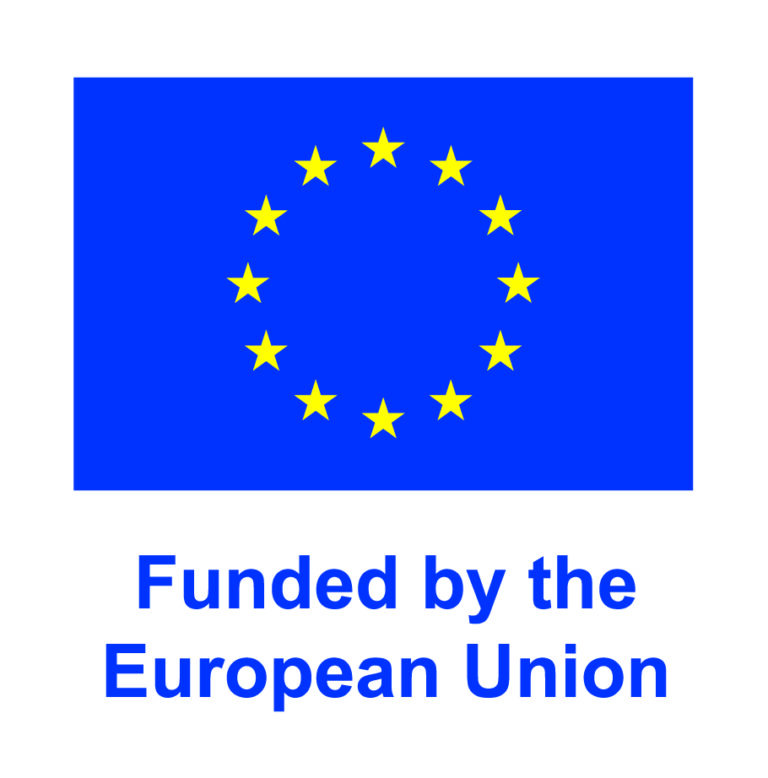I am originally from Israel and have always been fascinated by mechanics. Understanding how things work from the inside has been a passion of mine for years. Molecular motors have been studied for decades, and the more we learn, the more challenging and interesting it becomes. How these enzymes can convert chemical energy into mechanical work is truly fascinating. It’s even more exciting to see how they transport mitochondria across the cellular cytoskeleton. I am excited to be part of the MITGEST community of scientists exploring the fascinating world of mitochondria biology.

Prof. Arnon Henn is an Associate Professor and a Principal Investigator at Technion-Institute of Technology, Haifa, Israel.
Professor Henn’s research group currently focuses on the role of molecular motors transporting mitochondria during stress conditions with efforts to understand cellular physiology, signalling, and the regulation of molecular events that trigger mitochondria dynamics, mobility, and its anchoring to the cytoskeleton. Mitochondria organs are coordinated with all cytoskeleton’s molecular motors, displaying highly versatile adjustments to cell physiology needs. The group studies the coordination and regulation between different molecular motors that work together to move mitochondria to specific regions within the cell. The key interest lies in how the mitochondria’s genetic disorders impact the biomechanics of the mitochondria and the adapter molecules such as MIROS and TRACKS of the mitochondria and the cytoskeleton. Researchers use time-lapse fluorescence microscopy to follow mitochondrial dynamics and motility, biochemistry, and biophysics to study cell mitochondria biology.
Prof. Henn is supervising DC10.
- Ušaj, M., and Henn, A. (2017) Kinetic adaptation of human Myo19 for active mitochondrial transport to growing filopodia tips. Scientific Reports 7, 11596. DOI.
- Shneyer, B. I., Ušaj, M., Wiesel–Motiuk, N., Regev, R., and Henn, A. (2017) ROS–induced distribution of mitochondria to filopodia by Myo19 depends on a class–specific tryptophan in the motor domain. Scientific Reports 7, 11577. DOI.
- Ušaj, M., Zattelman, L., Regev R., Shneyer, B. I., Wiesel–Motiuk, N., and Henn, A. (2018) Overexpression and purification of human myosins from transiently and stably transfected suspension adapted HEK293SF–3F6 cells, Analytical Biochemistry, 558. DOI.
- Giese, S., Reindl, T., Reinke, Y. A. P., Zattelman, L., Fedorov, R., Henn, A., Taft, H. M., and Manstein, D. J., (2021) Mechanochemical properties of human myosin 1C are modulated by isoform–specific differences in the N–terminal extension. Journal Biological Chemistry 296.
- Zananiri, R., Mangapuram, V. S., Gaydar, V., Yahalom, D., Malik, O., Rudnizky, S., Kaplan, A., and Henn, A., (2022) Auxiliary ATP binding sites support DNA unwinding by RecBCD. Nature Communication 13, 1806.. DOI
Prof. Henn, a graduate of the structural biology department at Weizmann, Israel, has a rich academic background in studying molecular motors from the RNA helicase family. After his graduation, he pursued postdoctoral training at Yale’s Department of Molecular Biophysics and Biochemistry, where he expanded his research to include myosin family molecular motors, using transient kinetics and thermodynamics approaches. His work led to the establishment of a rigorous kinetic reaction mechanism for these enzymes. In 2011, Professor Henn set up his research group at the Technion’s Faculty of Biology, focusing on the cellular biochemistry and biophysics of molecular motors. His team, comprising graduate students from diverse disciplines such as engineering, biochemistry, and biology, is currently studying organelle trafficking by actin-based molecular motors. The lab employs cutting-edge microscopy and enzymology methodologies to investigate the cellular functions of molecular motors, with a current focus on mitochondrial transport in mammalian cells during stress conditions.



